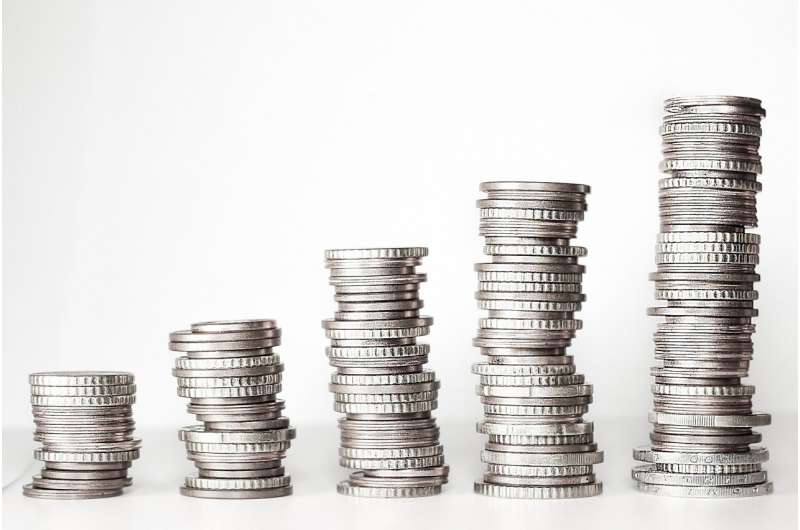
Metal coins may be just about the oldest medium of exchange still in use today, but ensuring their worth requires some of the most state-of-the-art technology available. Counterfeit coins remain a threat to global currencies, with malicious actors flooding markets with fakes. European police broke up a Spain-based criminal ring in late April, demonstrating the issue's ongoing urgency.
However, no counterfeit is completely detection-proof, no matter how genuine it appears. There are always some tell-tale signals of forgery, even if they are not immediately noticeable to the naked eye.
In a new paper in the journal Expert Systems With Applications, a group of Concordia researchers at the Centre for Pattern Recognition and Machine Intelligence (CENPARMI) present a novel framework that uses image-mining techniques and machine learning algorithms to identify flaws in counterfeit coins.
"Using image technology, we scanned both genuine and counterfeit coins so we can look for anomalies that may be either two- or three-dimensional, such as letters or the face of the person on the coin," says Ching Suen, a professor in the Department of Computer Science and Software Engineering and the paper's supervising author.
"This framework is not only about safeguarding our economy and resources," adds the paper's lead author, CENPARMI postdoctoral fellow Maryam Sharifi Rad. "It is also about pushing the boundaries of technology and improving security."
CENPARMI research associate Saeed Khazaee also contributed to this study.
The tell-tale blob
The researchers' framework is built around fuzzy association rules mining. This approach uses artificial intelligence to find patterns that are similar but "fuzzy," i.e., not clear enough to be exact copies. However, the framework will eventually arrive at a certain range of results where positive matches be confidently identified.
The method begins by using state-of-the-art scanners to examine coins suspected of being counterfeit. The coins are provided by law enforcement agencies.
The scanned images are then segmented to regions of interest, which consist of collections of localized coherent regions referred to as "blobs." These blobs are recognized based on visual similarity and composition, which provide relevant features the researchers can extract. Blobs are like clues that help the researchers figure out what is going on in the scanned images.
Fuzzy association rules mining is performed using these blobs to extract frequent patterns from the images. These patterns capture relationships among the blobs' attributes, such as color, texture, shape and size. The patterns help researchers to better understand the images and tell whether a coin is real or fake.
The blobs play a crucial role in generating fuzzy association rules, which represent implicit knowledge and relationships within a set of images, aiding in image classification tasks.
The researchers say they believe their technique can be applied to detect all manner of counterfeit items beyond coins.
"This method can be used to detect all kinds of fake goods, which we are seeing all over the world," says Suen. "It can also be used to detect fake labels on fruits, wines, liquor and so on. There are many places where this can be applied."
More information: Maryam Sharifi Rad et al, A framework for image-based counterfeit coin detection using pruned fuzzy associative classifier, Expert Systems with Applications (2024). DOI: 10.1016/j.eswa.2024.123577
Citation: Counterfeit coins can be detected more easily thanks to a novel approach (2024, May 14) retrieved 14 May 2024 from https://techxplore.com/news/2024-05-counterfeit-coins-easily-approach.html
This document is subject to copyright. Apart from any fair dealing for the purpose of private study or research, no part may be reproduced without the written permission. The content is provided for information purposes only.
